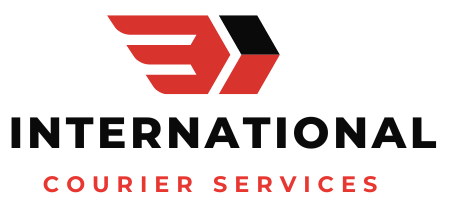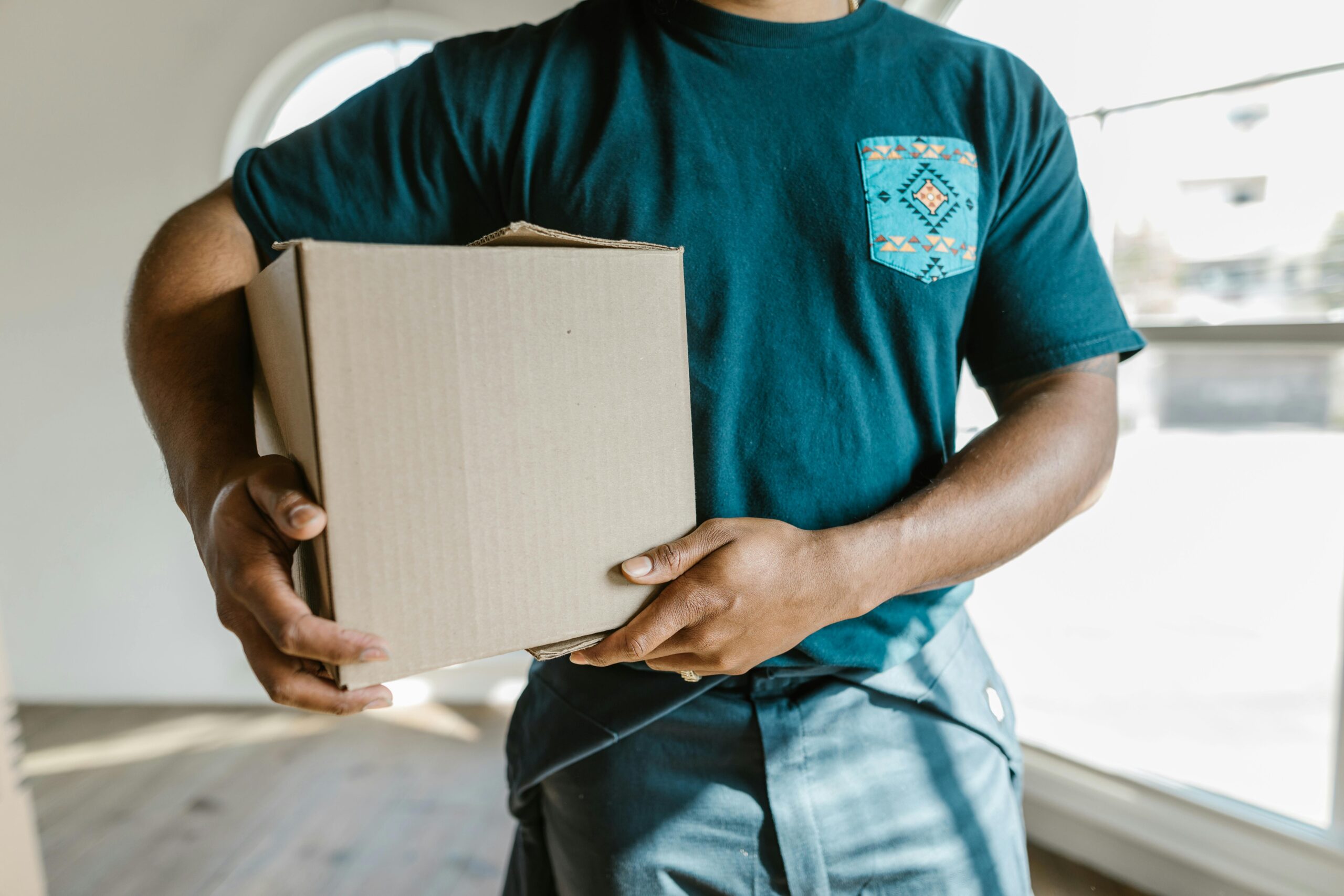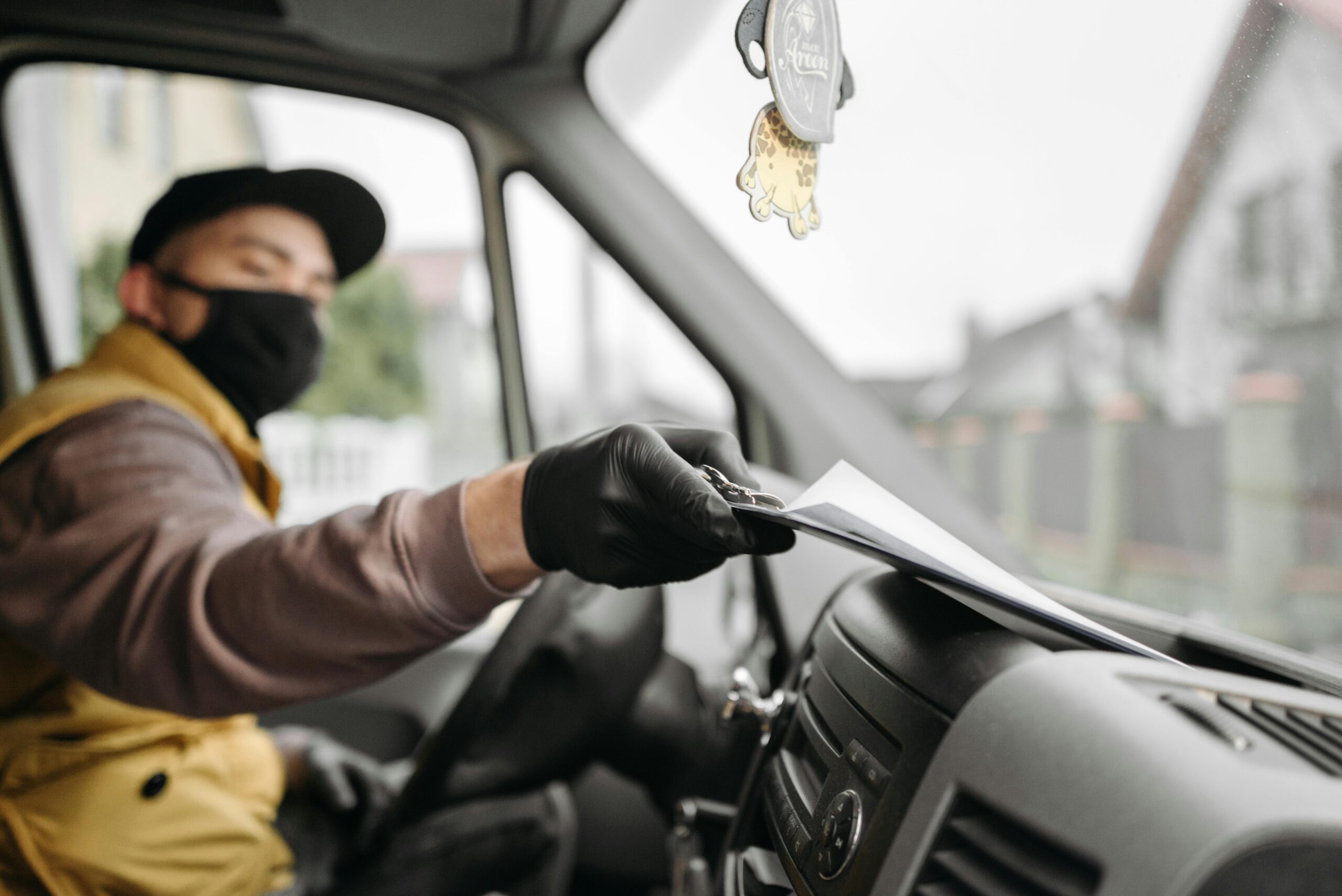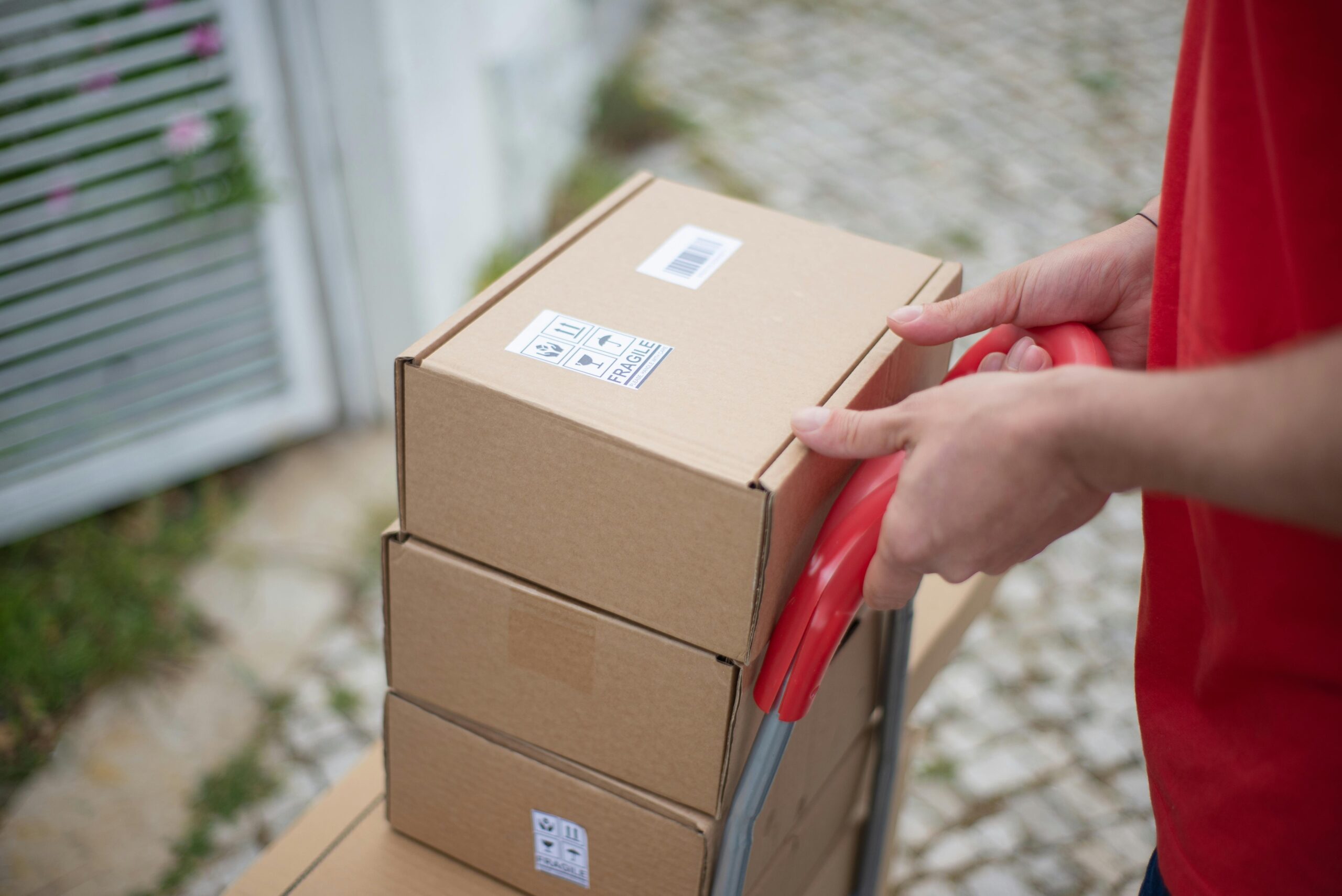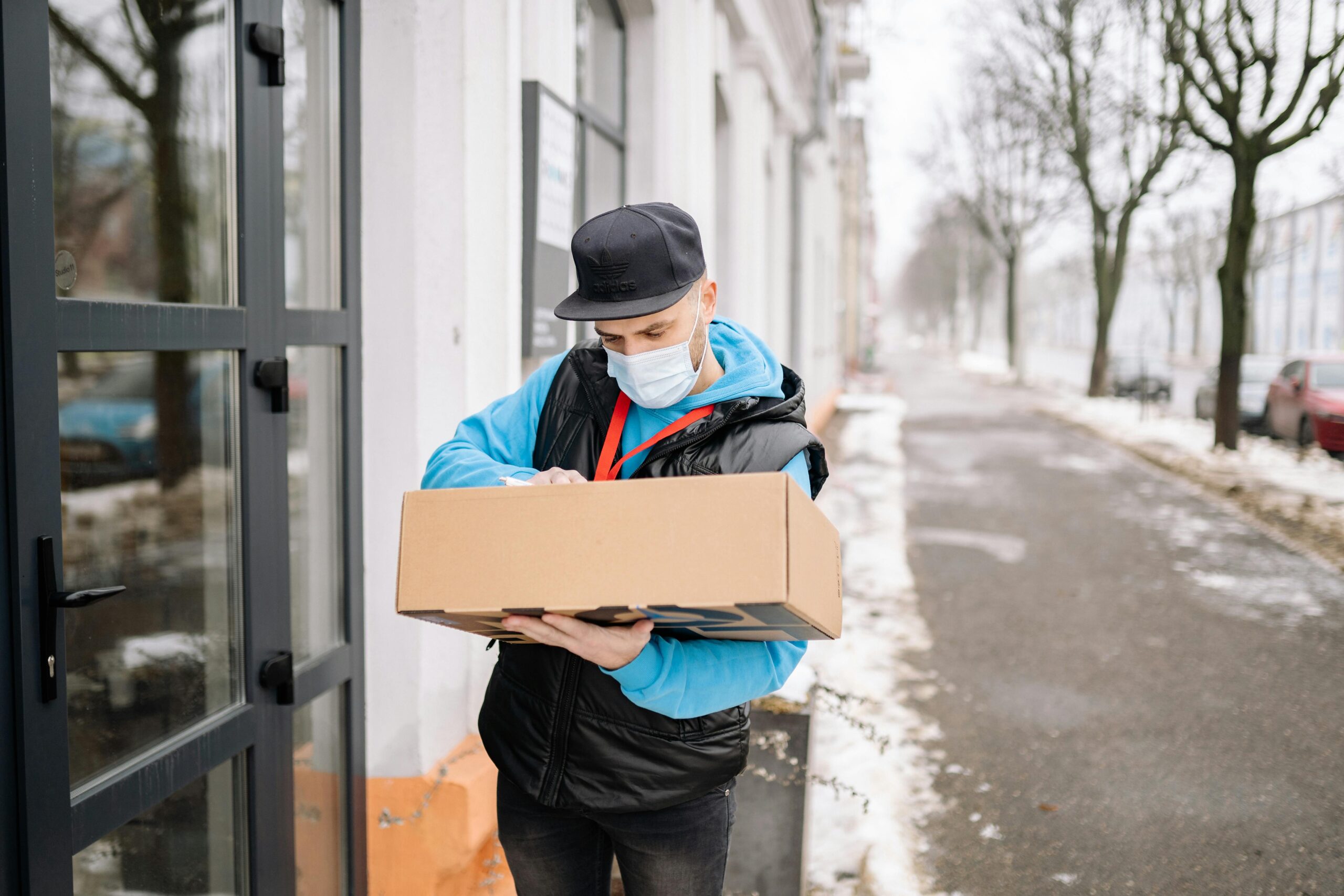Have you ever had to ship goods or personal items to Kenya and felt lost? You’re not alone. Many people in the U.S. struggle to figure out what’s needed, what’s allowed, or how much it may cost. Customs paperwork, duties, delays, it can feel like too much. But if you’re planning on shipping to Kenya, it doesn’t have to be a guessing game.
With the right prep, tools, and timeline, shipping can go smoothly. This guide will help you understand the basics and avoid mistakes that may cost time or money.
If you’re sending a box to Nairobi or business goods to Mombasa, this is what you need to know before sending a courier from India to Kenya or any other international shipment.
Table of Contents
ToggleKey Takeaways
- Customs checks are strict. Know the list of banned or taxed items before you send anything.
- Paperwork must be accurate. Wrong invoices or vague item details often cause clearance delays.
- Rates change often. Be aware of hidden costs, fuel fees, remote area surcharges, and storage charges.
Understand the Basics of Shipping to Kenya
Shipping to Kenya has its own rules. The customs clearance process is strict. You must file correct forms with matching invoice values. Any mismatch leads to delays or fines. The Kenya Revenue Authority (KRA) runs checks on each item. All packages get scanned.
Every item you send must list the full content and true value. Don’t try to understate it. That can cause your shipment to be held or even returned. Also, make sure the receiver in Kenya has a valid phone number and ID. Couriers won’t complete delivery without it.
Kenya uses HS codes for tax classification. These codes must match the item type. If you’re shipping tech items, like laptops, check the tax bracket. You may face high duties if it’s a new item. If it’s used, you still must declare it.
Air freight is fast but can cost more. Sea freight is slow but suits bulk. Track each shipment. Always keep your AWB (air waybill) number. It helps resolve lost or delayed items. Most courier firms use barcodes and live GPS tracking for this reason.
Custom Duties and Taxes: What You Should Know
Kenya applies import duties to most foreign goods. The rate depends on product type, HS code, and item value. Duty charges often include VAT (16%) and the Import Declaration Fee (IDF).
Here’s a snapshot of common fee types involved:
| Fee Type | Details |
| Import Duty | 0%–25%, based on HS code |
| VAT | 16% on CIF value |
| Import Declaration Fee | 2.25% of customs value |
| Railway Development Levy | 1.5% of customs value |
| Handling Fee | Charged by courier or carrier |
These rates change. Always check the latest fee slabs from KRA sources. Or ask your courier firm for a detailed breakdown. Many charges also depend on port clearance, not just weight or size.
From India to Kenya? Know These First
The demand for India to Kenya courier charges is rising, especially in trade and personal shipping. Goods like garments, tools, medicine, and electronics are common.
If you’re shipping from India to Kenya:
- Check for DG (Dangerous Goods) status for batteries, sprays, or chemicals.
- Use tamper-proof packs for medicine or sealed food items.
- Customs in Kenya may ask for health or safety certificates, depending on the product.
- Tracking will only begin once it leaves India and enters Kenyan customs.
Also, check for cross-border tax rules between the two countries. This affects clearance time and fees. Track peak times too. Festive seasons in either country can slow down customs.
Must-Know Points Before You Send Anything
- Prohibited items: Firearms, ivory, narcotics, and counterfeit goods.
- Packaging: Use triple-layer packing for tech or glass items.
- Labelling: Every box must carry a shipping label, invoice, and HS code.
- Insurance: Use it for goods worth more than ₹10,000 or $150.
- Delivery attempt: Most courier firms try 2–3 times, then return the item.
Courier From India to Kenya: Risk Points and Delays
If you’re planning a courier from India to Kenya, understand this: delays happen due to many reasons. It could be missing forms, bad address, wrong HS codes, or peak customs loads.
Some tips:
- Print both commercial and packing invoices.
- Declare item value in both INR and USD.
- Write contact info on the parcel.
- Check if the item needs special permits or import licenses.
This helps speed up clearance. Also, don’t wrap goods in gift paper. Customs may tear them open. Use plain boxes, and write ‘personal item’ only if it’s non-sale.
Prepare Smart Before Shipping to Kenya
Shipping to Kenya is simple when you know what to expect. We’ve broken down the paperwork, taxes, and risk factors. You now know the core steps and must-dos.
To find out more information, The International Courier Services can help you get started. If you’re ready to send something soon, reach out and get the expert guide you need.
FAQs
1. How long does it take to ship a package from the U.S. to Kenya?
Usually, 3–7 days for air express. Sea cargo may take up to 4–6 weeks.
2. Can I send used clothes or electronics to Kenya?
Yes, but they must be clean and declared. Electronics must have voltage compatibility.
3. Are there limits on parcel weight or size?
Yes. Most couriers cap weight at 70 kg per box. Oversized items need prior clearance.
4. What’s the best time to send parcels to Kenya?
Avoid December. Customs slow down due to year-end checks and high traffic.
5. Do I need a customs broker?
For small parcels, no. For bulk or business cargo, yes, it helps speed up clearance.
